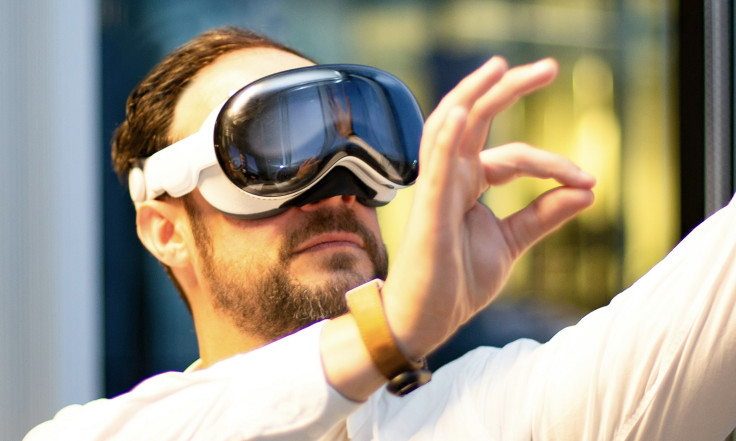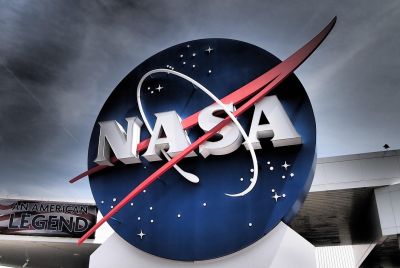Apple Smart Glasses Dead on Arrival? Insider Claims 2026 Debut Will Lack AR Display
A 2026 launch is on the horizon for Apple's much-anticipated eyewear, but the first iteration will reportedly skip the augmented reality screen, focusing instead on powerful chip technology and seamless iPhone integration.

Have you ever wondered when wearable technology would feel less like a bulky accessory and more like a seamless part of your daily life? For years, rumours have swirled around Apple's entry into the smart glasses market, and now, new details suggest we are closer than ever, though the final product may not be what many have envisioned.
According to the latest edition of Mark Gurman's 'Power On' newsletter for Bloomberg, an official unveiling could take place in 2026, with a launch following in 2027. This timeline deliberately mirrors the strategy used for the Apple Vision Pro, giving developers ample time to prepare their applications for a new platform. This careful planning indicates Apple is not just launching a product but building an ecosystem from the ground up.
A Surprising Omission
Perhaps the most startling detail from the report is what the glasses will lack: an augmented reality (AR) screen. Instead of overlaying digital information onto your view of the world, the device will function more as a sophisticated iPhone companion. It is expected to handle tasks like answering phone calls and taking pictures, allowing users to perform simple actions without reaching for their smartphones.
The report does not clarify if the spectacles will require some form of tethering to unlock their full feature set. However, it was previously reported that Apple had scrapped an earlier, dependent version for fear that it would fail, suggesting we will see a standalone product.
The challenge has always been packing enough power into a lightweight frame, a feat Apple has demonstrated with devices like the iPhone Air.
The Power Behind the Frames
The key to achieving this vision lies in cutting-edge silicon. Apple has reportedly secured more than half of TSMC's initial 2nm N2 chip capacity, a strategic move to stay ahead of competitors like Qualcomm and MediaTek. Compared to the Taiwanese semiconductor giant's 3nm N3P process, N2 offers up to a 10 per cent performance gain and up to 20 per cent improved efficiency.
These advancements are crucial. Such a powerful and efficient 2nm chipset negates the need for a bulky thermal design, allowing the glasses to remain light and comfortable. Back in 2023, a device of this nature was considered nearly impossible, as noted by WCCFTECH, because it would need to deliver iPhone-level performance at just one-tenth of the power draw. It now appears that thanks to TSMC's advanced lithography, Apple can break through those thermal limitations.
Of course, the lack of an AR screen will likely disappoint potential buyers. The dream for many has been a heads-up display (HUD) for seamless interaction with the digital world. While this first iteration may fall short of that expectation, hopefully, Apple will deliver it with the second generation. For now, however, no future launch timeline has been provided.
© Copyright IBTimes 2025. All rights reserved.





















